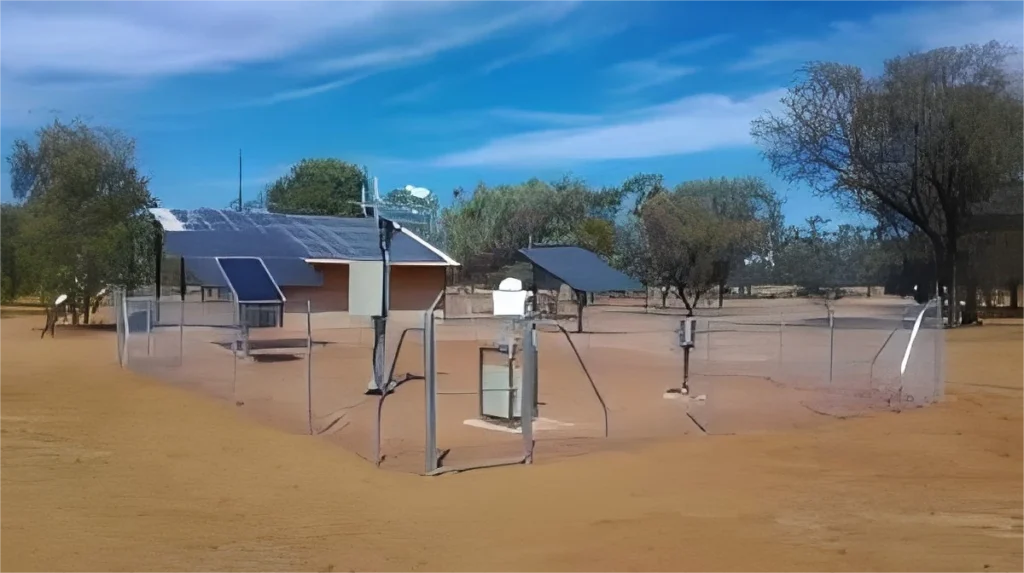
# Disadvantages of Automatic Weather Stations
Automatic Weather Stations (AWS) have revolutionized meteorological data collection by providing real-time, accurate, and continuous weather information. However, despite their numerous advantages, these systems also come with several drawbacks that can impact their effectiveness and reliability.
## High Initial and Maintenance Costs
One of the primary disadvantages of automatic weather stations is the significant financial investment required for their installation and upkeep. The cost of high-quality sensors, data loggers, and communication equipment can be prohibitive for many organizations, especially in developing regions. Additionally, regular maintenance is essential to ensure the accuracy of the data, which further adds to the operational expenses.
## Dependence on Power Supply
Automatic weather stations rely heavily on a stable power supply to function correctly. In remote or off-grid locations, this can be a major challenge. While some AWS units are equipped with solar panels or batteries, these solutions may not always be sufficient, especially during prolonged periods of adverse weather conditions. Power failures can lead to data gaps, reducing the overall reliability of the station.
## Vulnerability to Environmental Damage
Another significant drawback is the susceptibility of automatic weather stations to environmental damage. Extreme weather events such as hurricanes, heavy snowfall, or lightning strikes can damage sensitive equipment, leading to costly repairs or replacements. Additionally, exposure to harsh environmental conditions over time can degrade the performance of sensors, resulting in inaccurate data.
## Limited Human Oversight
While automation reduces the need for constant human intervention, it also means that errors or malfunctions may go unnoticed for extended periods. Unlike manual weather stations, where trained personnel can quickly identify and rectify issues, AWS systems require remote monitoring, which may not always be immediate or effective. This lack of direct oversight can compromise data quality.
## Data Transmission Issues
Automatic weather stations often rely on wireless communication technologies to transmit data to central servers. However, in areas with poor network coverage or during severe weather conditions, data transmission can be interrupted. This can result in incomplete or delayed data, which can be problematic for time-sensitive applications such as weather forecasting or disaster management.
## Calibration and Accuracy Challenges
Maintaining the accuracy of automatic weather stations requires regular calibration of sensors. Over time, sensors can drift from their calibrated settings due to wear and tear or environmental factors. Without frequent recalibration, the data collected may become less reliable, leading to potential errors in weather analysis and predictions.
## Conclusion
While automatic weather stations offer numerous benefits, their disadvantages cannot be overlooked. High costs, power dependence, environmental vulnerability, limited human oversight, data transmission issues, and calibration challenges all pose significant hurdles. Addressing these drawbacks is essential to maximize the effectiveness and reliability of AWS systems in various applications.